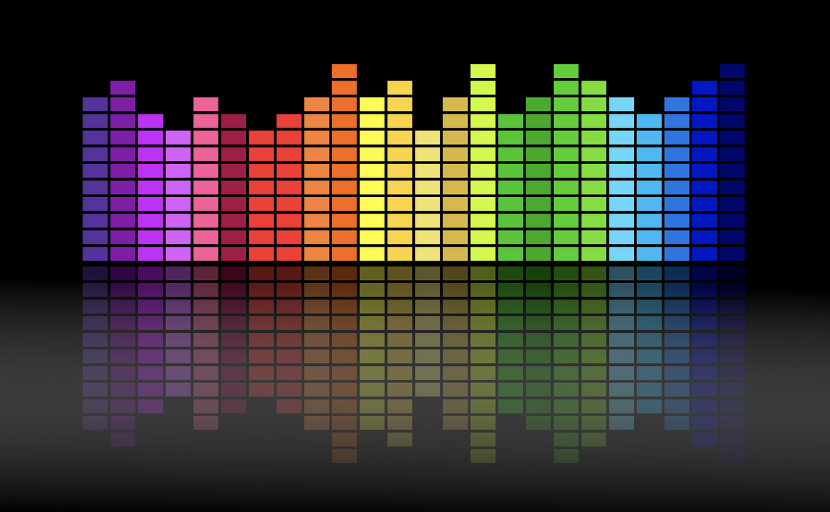The issue of compensation for music artists has long been discussed, with multiple advocacy groups and artists themselves asking for more, fairer pay. Many artists seem to feel as though they’re being hypothetically robbed of what they deserve for their work. There are multiple entities in the process of getting music from an artist to a listener, each of which takes a cut. From recording companies to retailers, the more “middlemen” there are, the less an artist is going to be able to keep for themselves. The most prominent issue rising today; however, is how streaming services are paying out their royalties to the artists on their platforms. With newer reports coming out of what many consider to be absurdly low amounts of compensation being given to the artists, now the government is even being called upon to take action. This report will discuss how streaming services are able to pay these low amounts back, what actions are being taken by the government, and what the future may hold.
According to Producer Hive, as of the end of 2022, most of the major streaming platforms pay their artists a maximum of barely one cent per stream of their songs in royalties. Spotify, which makes up roughly 32% of streaming users, paid their artists $0.00318 per stream, less than a cent per stream of their material. This would require 314 streams in order to make just one dollar. This isn’t uncommon in the music industry, as Amazon Music gave out $0.00402 per stream (249 streams needed per dollar), and YouTube Music gave just $0.002 per stream, requiring an enormous 500 streams for an artist to make just one dollar. The New York Times has called it “A Business of Pennies” (and Fractions of Pennies), which is supported by the data stated previously. Many have criticized these practices by pointing out the yearly revenues that these entities bring in yearly. For example, Apple Music made roughly $8.3 billion in 2022, increasing consistently from its beginning in 2016. In fact, that trend applies to Spotify, Amazon Music, and YouTube Music as well, with likely many more following suit. However, the amount of royalties being paid out to artists has stayed relatively stable, with minimal increases. In short, with the increases in revenue shared across the streaming platforms, artists feel they deserve an increase in the royalties being given out to them as well.
These feelings of artists being paid less than they deserve have led to a call for the government to take action. So much so, in fact, that on January 27, 2018, the Copyright Royalty Board (CRB) decided to raise the royalty rates paid out to songwriters (from overall revenue) from 10.5% to 15.1%. This resulted in an approximately 44% increase, the largest ever for CRB. This was considered a massive win for the music community as a whole. On January 1, 2023, CRB once again increased royalty rates for artists. According to Haulix, a website for promotional music software, “The CRB estimates that these higher rates will result in an approximately 20% increase in payouts to songwriters over the next five years. Additionally, this new ruling also includes provisions that would allow for inflation-based adjustments each year after 2026.” This means that not only will artists continue to earn more money for their projects, but it also leaves the door open for further increases. In short, CRB is a crucial part of what helps artists increase their income.
Concurrently, publishing companies and streaming services are battling over royalties that are generated by the latter. According to Variety, “Using a model jerry-rigged from the CD and vinyl eras, streaming royalties are divided two ways: Approximately 75%-80% are split between the performing artist and, usually, a record label, while 20%-25% go to publishing – i.e., the composition, which is divided between the songwriter(s) and publisher(s).” This practice has persisted into the era of streaming, with these services arguing that this system should remain the same.
On the one hand, music companies say that Spotify can afford to pay more in royalties now due to its profitability. In fact, Spotify’s revenue for the last two years was 12.635B and 12.356B, respectively. On the other hand, Spotify says that labels can make tax deductions on those expenses, implying that it is mutually beneficial to maintain the current system. Additionally, Spotify mentions they pay out more than enough, citing they paid over $8 billion dollars to its artists in 2022.
Meanwhile, the artists continue to make minuscule amounts in royalties due to the astronomical number of streams required to make a meaningful profit. The aforementioned Variety article quotes an unnamed executive, saying that “The two sides in this ‘deeply dysfunctional symbiotic relationship’… have devolved into squabbling partisan camps that are nevertheless completely dependent upon each other.” In short, it is in each party’s best interests to settle this dispute quickly to prevent inflicting irreparable damage to the industry.
In conclusion, the revenue splits between artists, streamers, and labels will continue to be a very contentious topic. As streaming services will seemingly continue to experience rapid growth, it would be in the music industry’s best interest to reach a reasonable consensus on how royalties are shared.
Producer Hive, “Streaming Payouts Per Platform & Royalties Calculator” by Sean Fitzjohn. Last updated on June 21, 2023. https://producerhive.com/music-marketing-tips/streaming-royalties-breakdown/
Andrew Tomasino, Innsbruck Records Intern, Summer 2023





